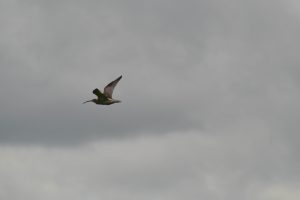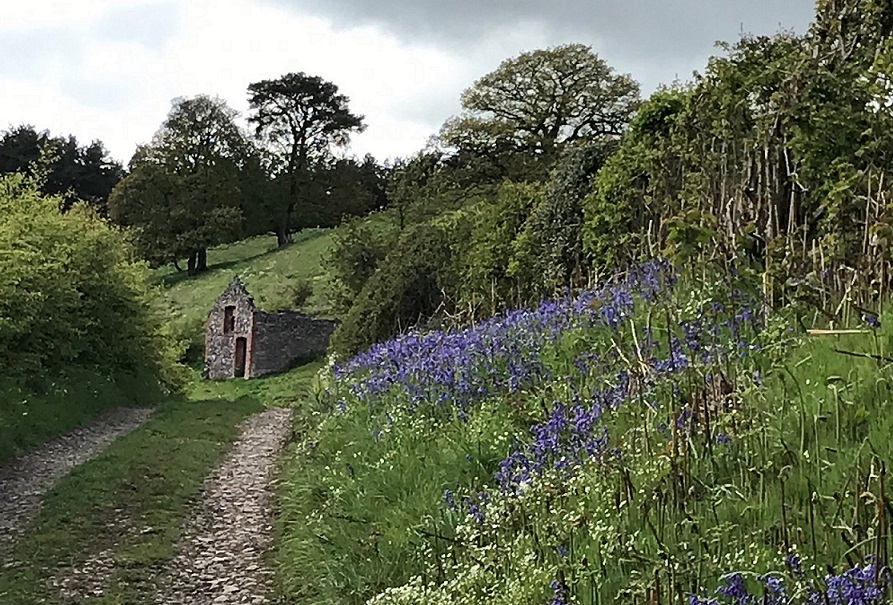Curlew Country is fortunate to work with an enthusiastic and capable band of volunteers, growing year on year. We have been delighted to welcome a number of new recruits helping us to find Curlew in their territories early on in the season and now to have another blog from one of them.
Our volunteers have training, usually on the ground, but this year via Zoom, backed up by our Curlew Observation film, produced in partnership with the BTO. Helping to find Curlews on the ground can be skilled and requires patience. Our volunteers understand that the risk of disturbing breeding birds is one that cannot be taken. Sightings early on are easier, but once nesting starts, sightings become glances, taken whilst on walks, with limited or no time to stop to try and see more as the risk of disturbance is greater than the benefit of information gathered.
We are so grateful to all our volunteer supporters for their help. Others will be joining in to help us raise the headstarted chicks, helping with admin, the website, fundraising … Those who have been out in our cold, dry, now wet spring weather have endured discomfort (wind, hail and rain) for the sake of our Curlews, often not even being rewarded with a bubbling call. Thank you to all of you doing your bit to help us win the race against time to save the Curlew Country birds.
– Amanda Perkins, Curlew Country Manager
We were only a couple of minutes from the car when a blistering strong north wind nearly blew us off the hill we had been assigned to look for Curlew, with Curlew Country.
The rain and sleet stung our faces as we battled up the bleak slope. Spring was upon the Shropshire Hills with a vengeance!

Needless to say we didn’t stay long that day, but half an hour later as we headed for cover, a miracle occurred. From above us came the rich maniacal bubbling that could only signify Curlew. They circled above our heads and headed one behind the other up the very slope we had only just vacated. We had found our first pair of Curlew.
We went on to find three Curlews on that patch on later visits.
A pair and a singleton we dubbed as, ‘Billy No Mates’. Throughout April we found them foraging on the slopes of the hill and occasionally a bit further afield in the rough pastures nearby.
We also enjoyed the flick of plovers, a Perigean and Pied Fly-catcher – and on one morning a loan Brown Hare sitting motionless in a meadow.
It is now early May and the weather is still wet and cold, especially up on the windswept Shropshire Hills, but we are still watching the fields and listening above. We are still finding Curlews in our initial patch and others near by – and we are still haunted by the effervescent spine tingling warble and bubbling of our new friends.
Steve and Dawn

